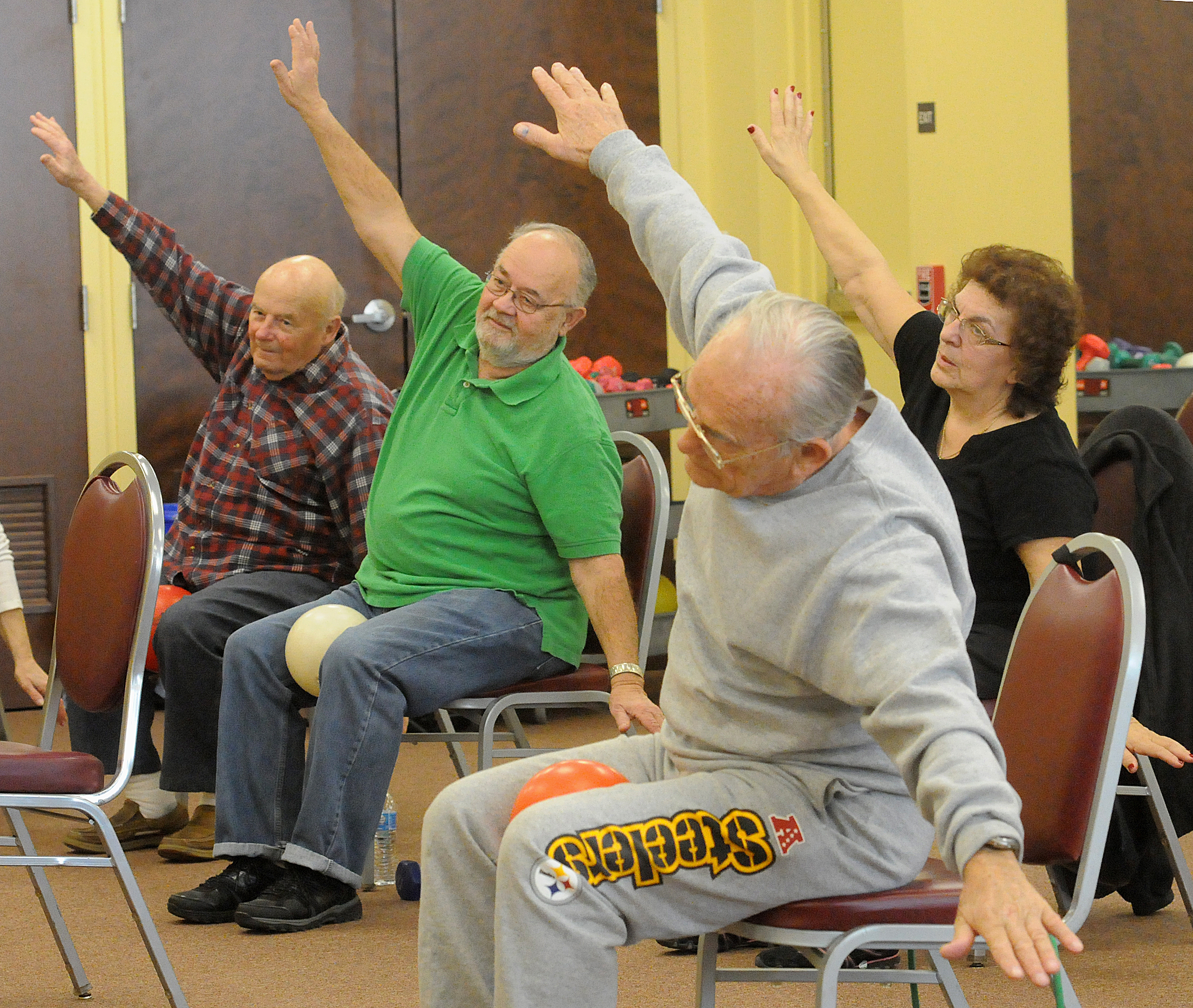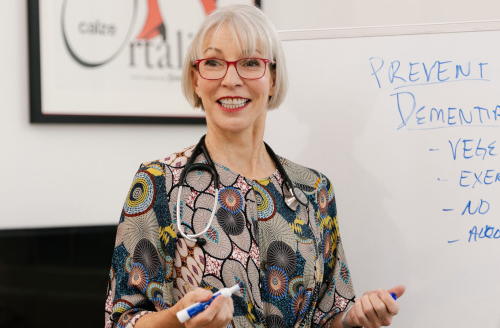
I often have families of patients express concern about how much mobility a person with dementia should be allowed. Elders with dementia often want to move in ways that seem excessive to the rest of us: They may wave their arms all the time. Or they may pound their feet on the floor. Most often, they want to walk.
I have had many patients who simply want to walk all the time: Up the hall. Down the hall. Around the garden. Around the garden again. Hour after hour. Day after day.
Invariably, this raises concerns, both for families and for caregivers. What if an elder has less than perfect balance? What if an elder doesn’t have an accurate assessment of risk? What if the elder falls? How should we balance the elder’s desire to move and walk with understandable concerns about safety?
If at all possible, I try to work with families to create an environment in which the elder can move around. Dementia patients often experience agitation and anxiety, moving around is one way that patients cope with those feelings. Walking, and other kinds of movement, not only relieve stress but tone muscles and strengthen bones.
As a geriatrician doing house calls around the San Francisco Bay Area, and as the medical director of an assisted living facility for dementia care, I do not use restraints. I find that there are almost always better, and kinder, options.
Instead of tying down a patient, I try to answer questions like these: Are there ways in which the elder’s physical environment can be changed to allow movement yet make falls less likely? For instance, are there obstacles that might be removed, or area rugs that might be pulled up? Would it be possible to install railings or handles that might steady an elder as they move? Is the elder taking medications—like sleeping pills—that might affect balance and increase the risk of a fall? If the patient wants the freedom to get out of bed, might it make sense to use a low bed and a mat, or perhaps, to put the patient’s mattress on the floor?
Of course, even with preparation and one-on-one supervision, there is no way to guarantee that an elder won’t fall. It’s important for each family to have an in-depth conversation with caregivers and the medical team. Each family will have different priorities, and of course, that should be respected.
But if at all possible, I try to help my patients keep on trucking. For one patient, that might mean walking. For another, it might mean just waving their arms, or perhaps twirling around. Elders are usually happier, and healthier, when they have the freedom to move.

Elizabeth Landsverk, MD
Board Certified in Internal Medicine, Geriatrics
and Palliative Care Medicine

Elizabeth (Dr Liz) has over twenty years of experience in providing medical care to the elders. She is board-certified in Internal Medicine, Geriatric Medicine and Palliative Care Medicine. Dr Landsverk founded ElderConsult Geriatric Medicine, a house calls practice, to address the challenging medical and behavioral issues often facing older patients and their families.
